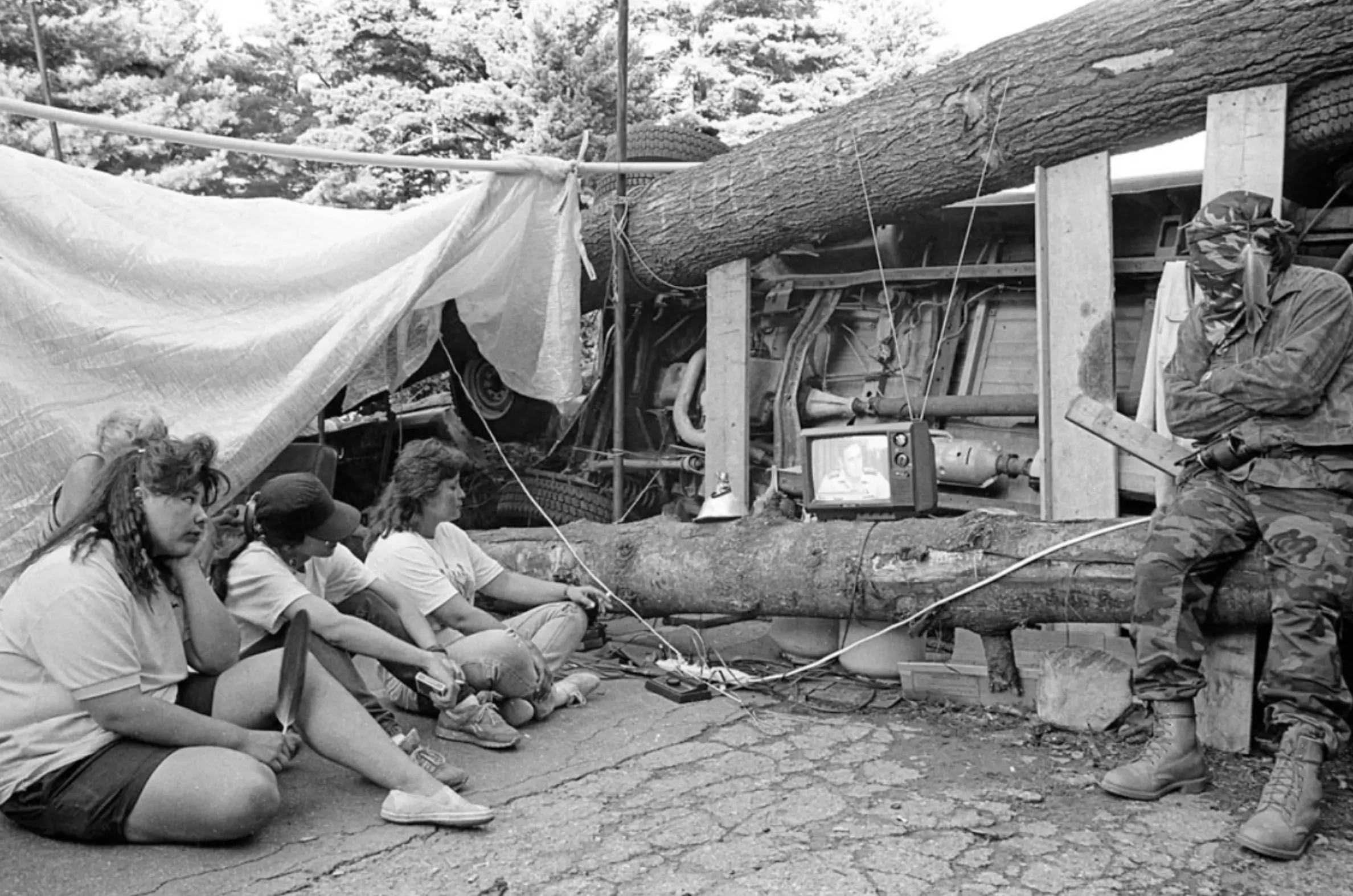
There have been many conflicts involving the rural Mohawk community known as Kanesatakeas, which has been fighting for their rights and lands for over 270 years. The Oka Crisis in Canada (also known as Kanesatake Resistance) is one of the most violent of them. Let’s explore this important event in the history of Canada in more detail, as it has marked a change in how police use force. Why did the protest break out? How did it develop? What were the consequences? Answers to all these questions you will find further in the article. Moreover, we added pictures taken during the protest, so you will be able to not only read about the events but also see what the resistance looked like.
Historical Background
Well, there is no fire without smoke, and the protest might not have happened if it had not been for a long history of fights and conflicts between the Mohawks and the government. When Britain conquered New France in 1761, Kanesatakeas (Mohawks) requested the recognition of their right to the land. This was done via the official request written to the British government asking to be freed from the authority of the Suplicans. This request was denied, as were many others (there were a couple of other attempts through the next 150 years).
Not only was the exclusive right to land not approved but the territory occupied by the Mohawks was also confined gradually. Thus, by the end of the Second World War, it was only 6 km2 (compared to 687 km2 once held) – just a small village. Still, the Mohawks’ claims were repeatedly rejected by the court (in 1975, then in 1977, and in 1986).
A year before the Oka Crisis, in 1989, a mayor of Oka announced a plan to expand the golf course and build townhouses in the Pines and over the Kanesatake ancestral cemetery. Mohawks were not even consulted, as their claims of the land were officially rejected.
How Did the Oka Crisis Start?
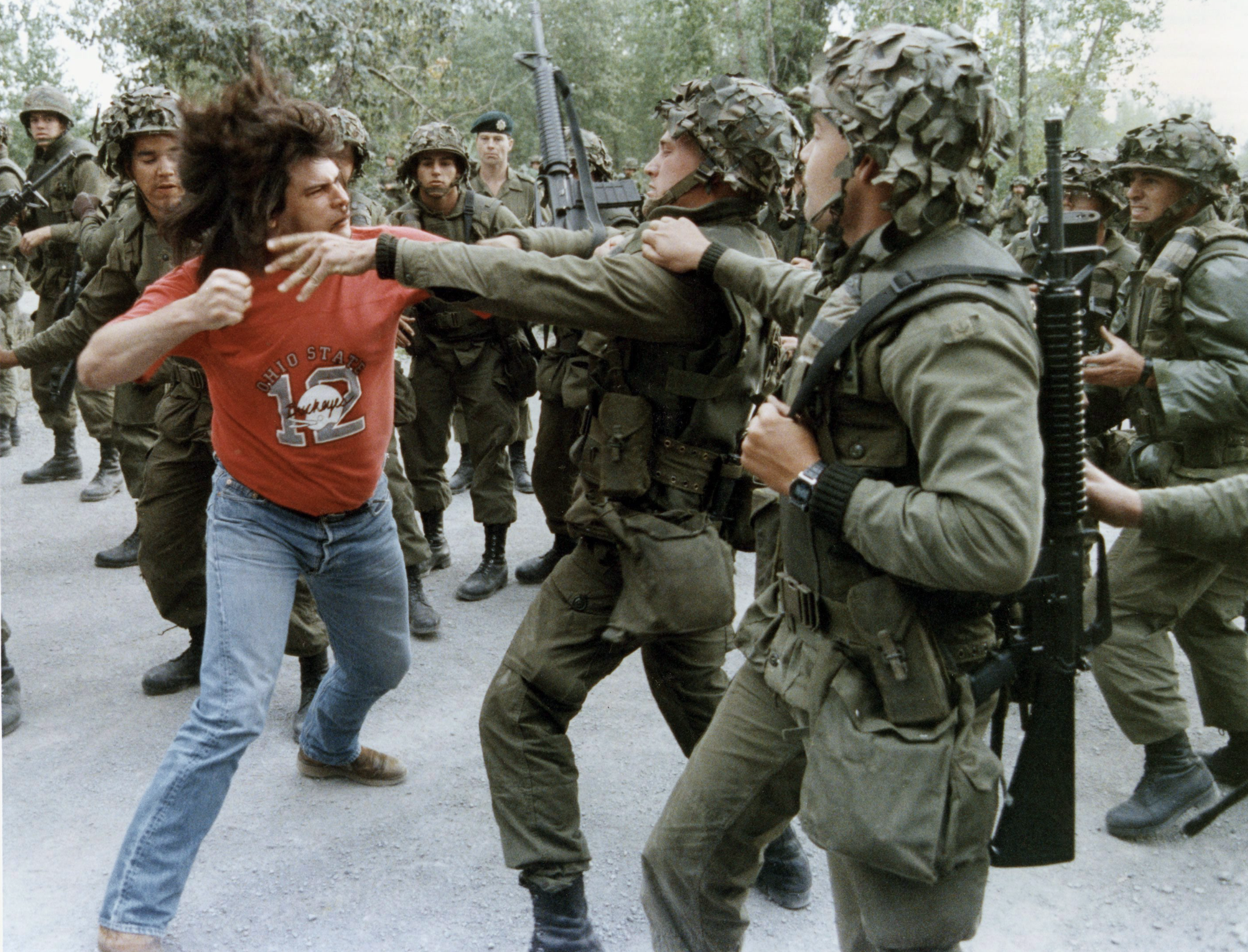
Numerous protests of Kanesatake, as well as concerns expressed by the Quebec Minister of the Environment and Minister of Native Affairs, were ignored, and the construction began in March 1990. A couple of months later, the Oka Crisis started.
The standout that began on the 11th of July 1990 lasted for 78 days and ended on the 26th of September. The fact that the conflict involved Kanesatake protesters, RCMP, the Canadian Army, and the Quebec Police speaks a lot about how violent this historic event was.
It all started with a road blockage by a group of people. They constructed a barricade and blocked access to the area. Their actions were supported by the activists called Mohawk Warrior Society, as well as by people from two nearby reserves, Kahnawake and Akwesasne. The local authorities asked to remove the barricade two times, but those requests were ignored, so the authorities asked the police of Quebec to interfere. The police used tear gas and concussion grenades with the aim of creating confusion. Those actions were followed by a brief gunfire, which resulted in the death of SQ Corporal Marcel Lemay, and the police retreated. All those events happened on the morning of the first day of the conflict, and they escalated further.
What Was the Oka Crisis?
Filled with violence, a 78-day resistance marked an essential impact on how the police force was used. Unfortunately, it came with death and injuries. Let’s take a closer look at the Oka Crisis timeline to get a full picture of how the events unfolded and how activists managed to resist the forces for such a long period of time.
Crisis Escalation
The protesters continued to build barricades, so the Kanesatake Resistance continued and seemed to spread, which preoccupied the government. Indigenous supporters joined Mohawk activists on the barricades. They have even blocked the road that leads to Oka and Kanesatake. Moreover, people from the nearby Kahnawake reserve also expressed their support for the resistance and blocked the Mercier Bridge, which cut off the Montreal suburbs from the island. Those actions angered many of those who lived in the area. For this reason, many people were on the police side and did not support the activists. Therefore, the relationship between indigenous and non-indigenous people became much worse than it used to be, so the government had another problem to deal with except for the determined protesters – angry and frustrated civilians.
The police raid that took place on July 11th, 1990, was unsuccessful. Around 100 police officers, including a tactical intervention squad and riot police, were involved in the protest suppression on the first day. Even after the police used tear gas for confusion, the activists did not give up. Mohawk women tried to initiate the negotiation, but police refused, saying that they would speak only with a designated leader. Eventually, the police agreed to speak to a male protester, but it was in vain, and the conflict between activists and the police continued.
Siege
Police cars and sandbags were placed around the established perimeter to ensure that food supplies and medications were not delivered to the protesters. Nobody was allowed to enter the blocked perimeter, even the Quebec Human Rights Commission. The Canadian Armed Forces sent C7 rifles, night-vision equipment, bulletproof vests, and armoured vehicles to help police to end the conflict. It didn’t help much, as the number of those involved in the protests grew steadily, and barricades were well-built.
Also, the number of armoured protesters grew. Before the raid, there were around 30 of them. This number became 60 during the raid and increased to around 300 later. They managed to seize six vehicles (four of them were police cars). Activists also commandeered the loader to crush seized cars with it. Cars were later used for new barricades.
On July 17th, 1990, the police allowed the Red Cross to bring food, but the access was provided for a short period of time, so residents smuggled in the provision. Also, preconditions for negotiation were agreed on ( those included free access to food and advisors). Moreover, international observers should have been allowed to the site.
While those activists in Kanesatake negotiated for supplies, the blockade of the Mercier Bridge, which started in the middle of July, peaked by August 12th, 1990. Several thousands of activists destroyed police cars and wounded officers. As a result, Quebec police lost control over the situation.
Royal Canadian Mounted Police (RCMP) Stepped In
In the middle of August 1990, when Quebec police were no longer able to detain activists, Royal Canadian Mounted Police (RCMP) were deployed. This action only worsened the situation and resulted in 35 people hospitalized. Furthermore, the situation became even more tense because of the conflicts between English and French-speaking people in the province.
The Intervention of the Army
Given the tense situation with the Mercier Bridge, a decision was made to ask the army forces to intervene. Practically, an entire brigade of regular troops and three Leopards were necessary to put down the protests. The intervention was announced at a press conference on August 28th, 1990. Thus, families with children and elderly have decided to flee Kahnawake. Protesters threw stones at them, and police did not interfere. The next day, a military operation took place, and the map of the Oka Crisis was shortened from 1.5 km to only 5 meters. On August 29th, 1990, the Mohawks decided to end the protest on the Mercier Bridge and negotiated about that. The protesters in Kanesatake became more vulnerable and isolated, but they still kept the barricades to negotiate safety for themselves. Step-by-step, this part of the protest was also put down, and the people who participated in it were arrested.
On September 25th, 1990, the last Mohawk protester walked around the perimeter with a long stick. The soldiers turned a water hose at him, but it did not work correctly because of the lack of pressure. The crowd began throwing water balloons at soldiers, but the conflict did not escalate and eventually ended.
How Did the Oka Crisis End?
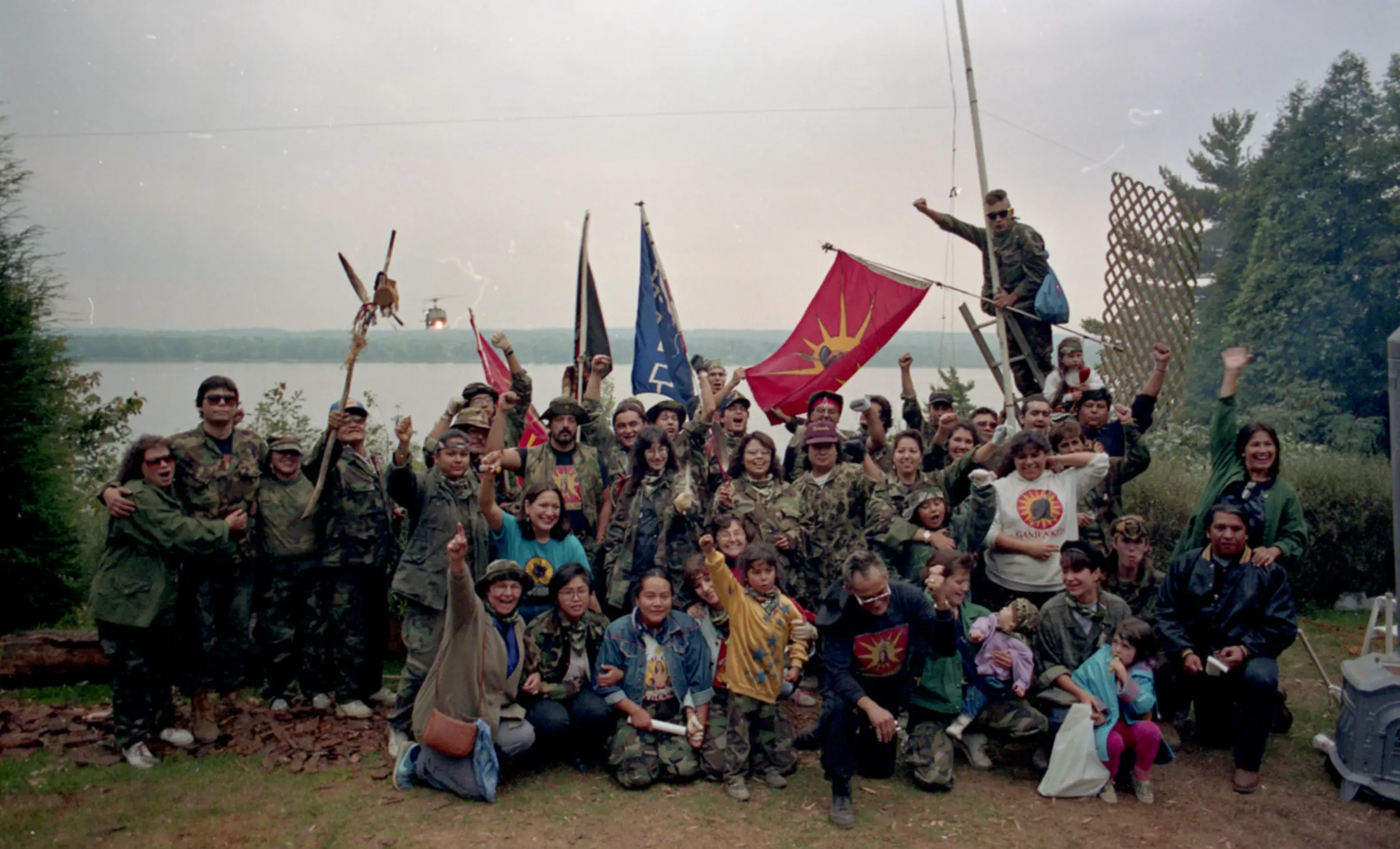
The deployment of troops in Oka was a hot topic in the Parliament when it started its fall session in 1990, and the possible solutions to the crisis were discussed. Those discussions took place on September 24th. On the next day, Prime Minister Mulroney promised that some of the Kanesatake’s demands would be met. The Kanesatake Resistance ended on September 26th, 1990.
However, it was not a peaceful surrender, and a notorious stabbing in the Oka Crisis happened that day. As around 50 men, women, and children stunned the army, one of the soldiers stabbed Waneek Horn-Miller in the chest with a bayonet. This 14-year-old girl was carrying her sister to safety. Their mother was a negotiator in the conflict. With that, the entire protest came to an end.
Despite all the efforts, the Oka Crisis in 1990 did not let Mahawks claim their right to the land. Moreover, this question is still unsolved. However, there were some positive changes. The building of the complex and expansion of the golf course stopped, and the government bought the land. Only in 2001, this, as well as other neighbouring lands, were reserved for the Mohawks of Kanesatake according to the Kanesatake Interim Land Base Governance Act. However, the land is not a reserve (as it is with Kahnawake), as there has never been a land transfer organized. As for activists, some were detained by the army, and five of them were convicted of crimes. Still, only one of them was imprisoned.
Number of Deaths
Unfortunately, the Oka Crisis did not happen without casualties. There were two victims after 78 days of resistance: one death happened on the first day of the resistance, and the second one on the last day. On the very first day of the blockade in the Oka Crisis, 31-year-old Constable Marcel Lemay was wounded. He died in the hospital later. The investigation showed that he was shot from the Mohawks’ positions, but the shooter was never detected. On the last day of protests, a soldier accidentally stabbed a 14-year-old girl, Waneek Horn-Miller. This incident was on the front pages of all big newspapers.
Public Response
The public opinion on the Oka Crisis in Canada was quite controversial. Some people were angered by the blockade and protests, while others sympathized with the protesters. Those who lived in the nearby area were strongly disapproving of the conflict, as they were directly affected by the blockade. Thus, in the documentary Rocks at Whiskey Trench, it was stated that 75 cars with women, children, and elderly people who tried to leave the Kahnawake reserve were stopped. Moreover, people marched through the neighbouring city called Châteauguay, demanding to end the blockage. Around 10,000 were involved in that march.
Those who supported protesters in this conflict organized their own small protests and road blockades. It happened across the country. One of them was organized by the First Nations in different areas, including British Columbia, where roads and railways were blocked. Some people in the government sympathized with the Mohawks, and John Ciaccia, then Quebec Minister of Native Affairs, was among them. He urged the Town of Oka to reverse course several times. The Oka Crisis also played an essential role in the establishment of the Royal Commission on Aboriginal Peoples that regulated Indian status, as well as other issues the protest highlighted.
Oka Crisis Photo
The photos below show what the protest looked like. They allow us to understand the course of events and have a clearer picture of what happened during the resistance. Unfortunately, there are not many pictures of the protests, blockades, and resistance, but we have gathered those that are available to the public.
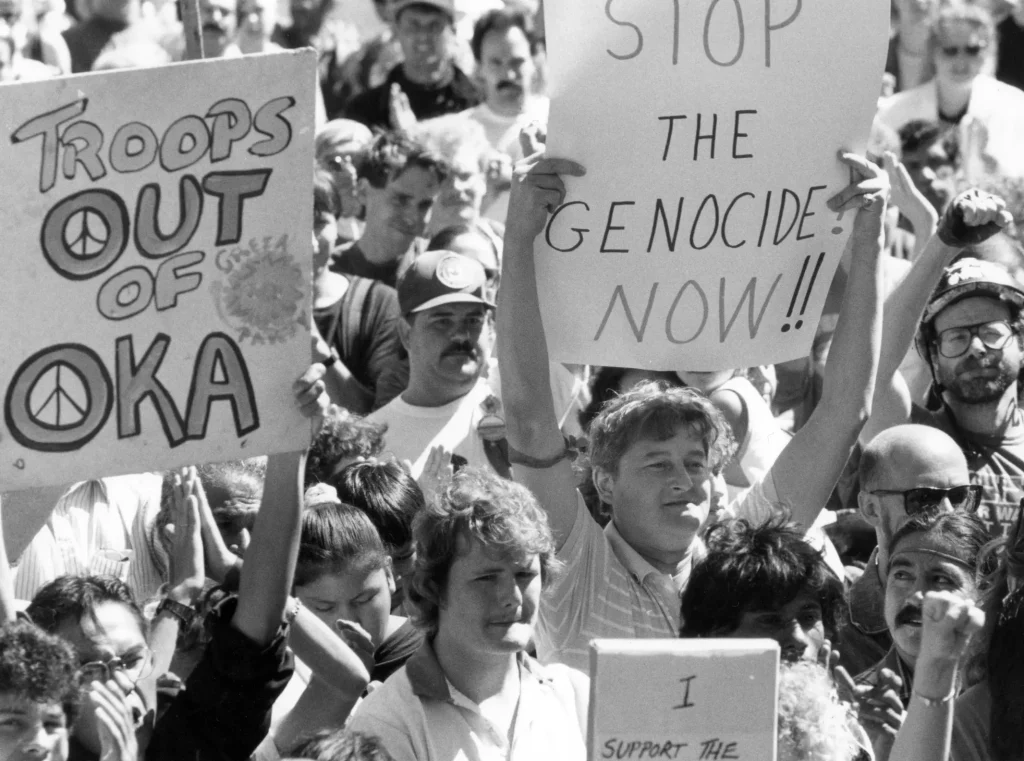
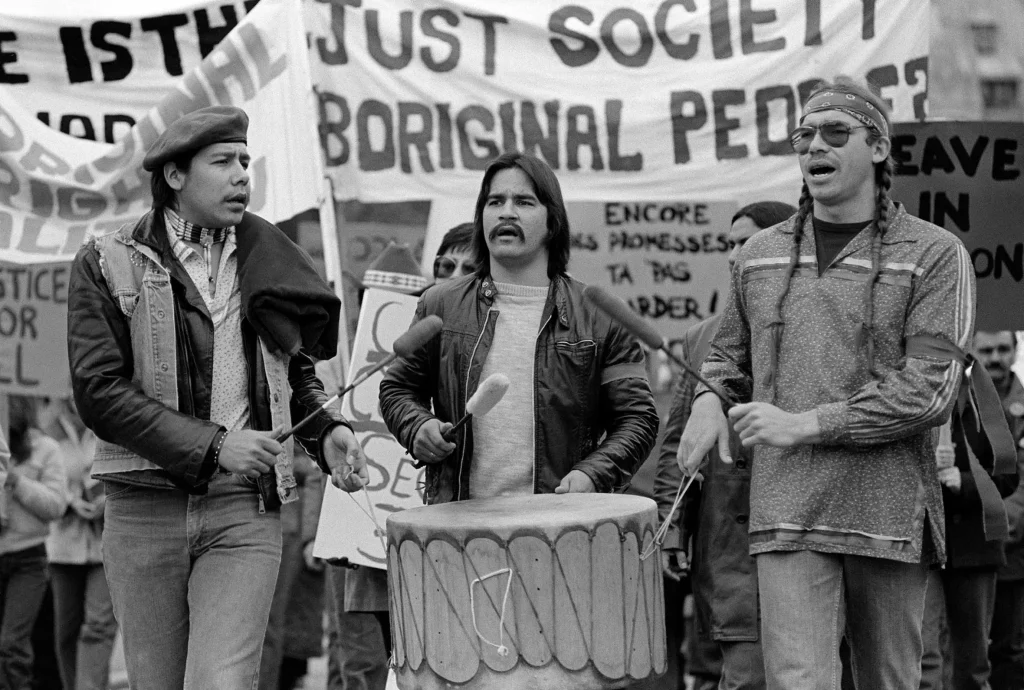
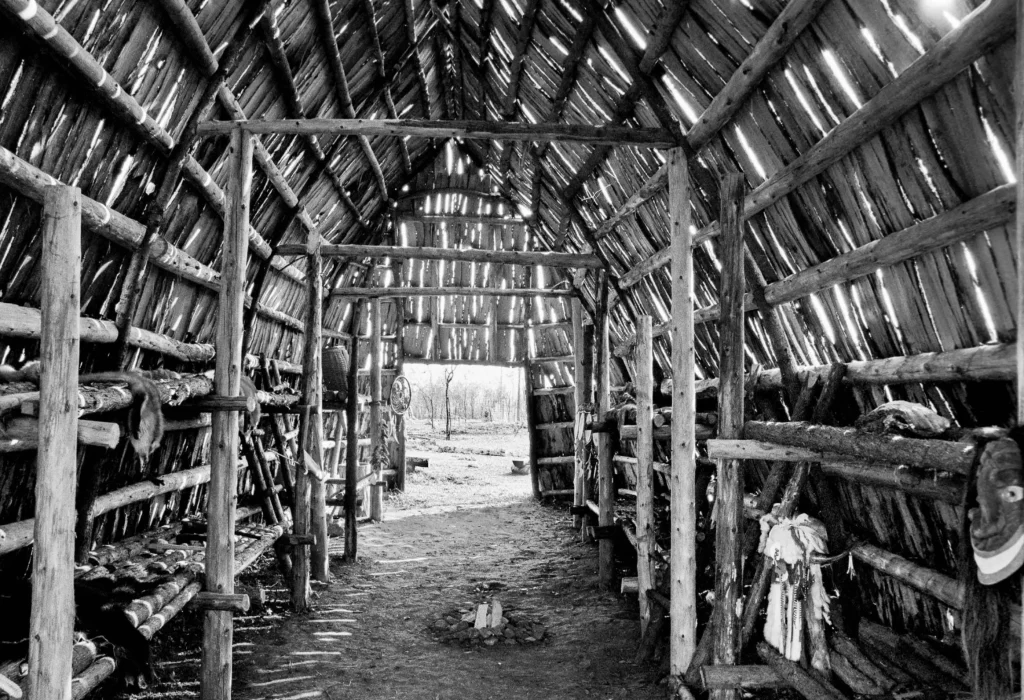
Summary
We have analyzed the Oka Crisis in Canada and what impact it had on the country. Despite its violent nature and two deaths, it had a positive effect on those communities who would like to have their land reserved like the Mohawks. Unfortunately, for the Mohawks themselves, the Kanesatake Resistance was only partially successful. The land was not built up with townhouses. However, the Mohawks still do not officially own their land, and it is currency possessed by the government.
FAQ
What Happened in the Oka Crisis?
Mohawks protested the golf course expansion and townhouse complex construction on their land. Activists resisted police and the army for 78 days.
Who Was Involved in the Oka Crisis?
Mohawk protesters were on one side of the blockade during the Oka Crisis, and Quebec police and army forces were on the other side.
Who Died in the Oka Crisis?
Constable Marcel Lemay and Waneek Horn-Miller died during the Kanesatake Resistance.
How Did the Oka Crisis Affect Canada?
The Royal Commission on Aboriginal Peoples was created to tackle the matters of indigenous and non-indigenous peoples in Canada.
